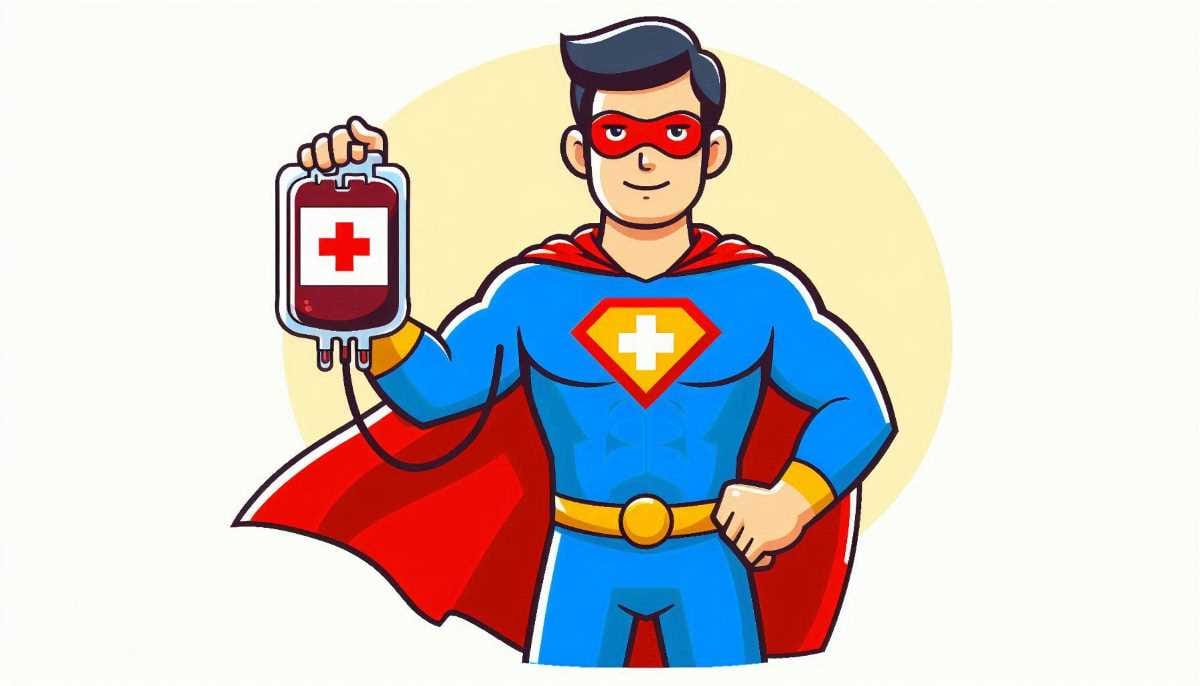How Blood Donation Works in Mexico
Mexico faces a blood shortage due to low voluntary donors. Only 5% donate altruistically. Dr. Contreras Serratos urges people to donate blood regularly, starting at 18. Donating blood is safe and helps others in need.

In Mexico, as in Latin America and the Caribbean, there are 19 blood donors for every thousand inhabitants and only five percent are altruistic, says the academic from the UNAM Faculty of Medicine and the Hospital's Hematology specialty course of Specialties of the National Medical Center Siglo XXI, Margarita Contreras Serratos.
The rest of the donors, she explains, are “replacement”, that is, they carry out this action when a family member, friend or acquaintance requires it for medical treatment.
“It is a cultural issue that we must change, that altruistic donation in Mexico increases up to 30 percent, as happens in other nations,” says the expert on the occasion of World Blood Donor Day, which is commemorated on June 14. .
Having blood products is a hope of life, she emphasizes, since there are conditions that we would not be able to overcome if they did not exist, which help us while our body recovers.
“All people are susceptible to requiring a transfusion at some point in our lives. For example, in an accident there is blood loss, even if they are healthy people, they may require replacement of the lost volume.
“In an emergency surgery, such as appendicitis, even if the hemoglobin is normal, if a complication occurs and there is abundant bleeding, we may require a blood product or a transfusion,” she details.
Also in high-risk surgeries such as an aneurysm. In addition, there are diseases in which there is an alteration in the production of fluid such as anemias, leukemias and various types of cancer.
Contreras Serratos says in an interview that, according to the National Blood Transfusion Center, 70 percent of donors in our country are men and 30 percent women, and more than 50 percent are between 25 and 44 years old.
“From 18 to 25 years of age there is little donation — about 20 percent — and the other large percentage is between people between 45 and 65 years old, which is the limit age allowed to donate,” she adds.
In 2023, it continues, there were 1,601,437 donors in Mexico and only 8.3 percent were altruistic. Furthermore, in only six entities this type of donation exceeded 10 percent and the institution that grants the most is the Red Cross, with 31 percent.
She details that the lower percentage of donors is because, for biological reasons, women have a lower amount of hemoglobin and may also present irregularities in their menstrual periods.
The anniversary, continues the expert, was established by the World Health Organization to thank the actions of the volunteers and so that society perceives that these actions must be given altruistically, to have blood products with quality and safety suitable.
According to the specialist, it should be a common practice from the age of 18 and would help us be aware of our health and take care of ourselves to help others.
On numerous occasions it is not carried out due to people's lack of knowledge or concern that they are going to acquire a disease, but this is not the case. It is a safe procedure in which it is not possible for any transmission, since the equipment used is for single use and is discarded, he specifies.
“In addition, if a problem is detected, the donor is located, screened and referred to receive medical attention, if necessary,” indicates the expert.
Contreras Serratos also states that those who have tattoos, acupuncture, piercings or tattoo removal must wait a year to donate, since these procedures are considered invasive, there is no guarantee of the conditions in which they are performed and there is a risk of transmission of illnesses. The 12 months are a “window period” that is left in case there is any disease, since in this period it is possible to detect it.
There is the medical criteria of the person evaluating and a Mexican standard in which the deferral criteria are defined, according to each of the potential risk factors to which a person is subjected in their normal life, he notes.
The expert points out that, after receiving it, banks can divide it into different components, to solve specific needs.
For example, erythrocytes or red cells can be extracted from a standard donation to replace blood volume in patients who do not produce enough or who have lost it due to some specific situation.
The liquid part, called plasma, has proteins such as albumin and other components such as platelets and cryoprecipitates. In addition, there are companies that manufacture medications that come from blood such as immunoglobulins and coagulation factors.
Different products have different validity periods. For example, that of erythrocytes is 28 and 42 days, depending on the bags in which they are stored, the anticoagulant and the additives, so that the cells remain in good condition. Platelets are five days old, while plasma and cryoprecipitates can be kept for up to a year as they are frozen.




